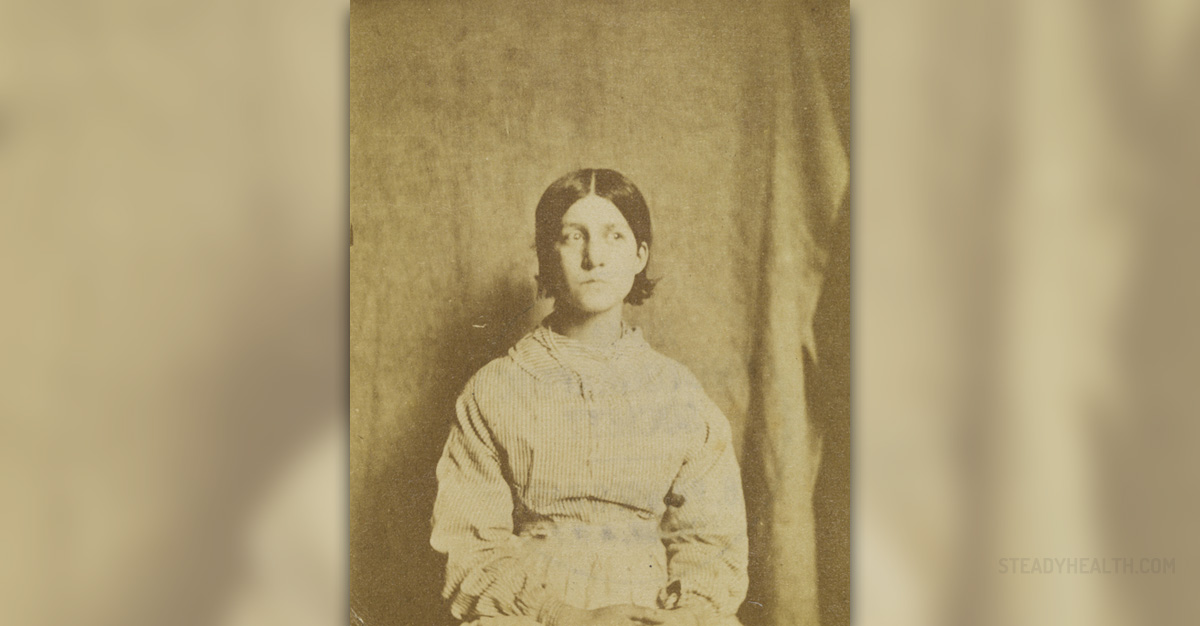
According to the Diagnostic Manual of Mental Disorders, mental illness characterized by nonbizarre delusions, without psychotic symptoms or special mood, is a delusional disorder. Delusions are unreal beliefs build by wrong or incorrect external reality that is present no matter of opposite evidence: these are beliefs that are not accepted by society. Nonbizzare delusions are delusions connected to situation in real life (i.e. being loved, being followed, or deceived).
An overvalued ideas or severe psychosis are delusional disorders. While bizarre delusions are severe types of psychotic illnesses, for instance, this is how schizophrenia is classified, and these are not out of every day experiences.
There is a difference between delusion and overvalued idea. According the person’s cultural background, some ideas might be less or not delusional at all. And doctor should have a good idea about patient’s pathological experiences, because delusional people do not have a proper insight.
With some patients with a great deal of delusions, lot of other psychosocial abilities are intact, and delusions works in a circle and that is the most important differences between primary psychotic disorders and delusional disorder. Delusional people are often isolated, left to care to internists, lawyers or the police, rarely to psychiatrists. But delusional patients can be cured.
TreatmentThere is of course treatment with drugs. A psychopharmacological treatments are divided to A,B,C, and D drug users. Antipsychotic drugs have been used ever since 1970. For instance, drug called pimozide is used for the hypochondriacal monosymptomatic psychosis (somatic type by DSM-IV-TR). A 1000 treated patients with delusional disorder from 1965-1985, 257 cases were diagnosed with a delusional disorder, while treated — 52.6% of the patients got well, 28.2% reached only partial recovery, and 19.2% failed. Pimozide recorded 68.5% total recovery rate and 22.4% partial recovery rate, comparing to other antipsychotic, which were 22.6% total recovery and 45.3% partial recovery.
Treatment is hard because delusional patients often deny the problem out of interpersonal or social conflicts or therapeutic alliance.
Treatment is possible only if :
it is established appropriate permission from the patient, if you have on mind cultural background in treatment planning,if you spot psychiatric disorders that goes along,if you treat patient outside of hospital if there is no potential violence,if delusions are threat to others, patient should be hospitalized,if you use mild drugs to treat core symptoms and for instance anger,if you use no direct confrontation of the delusional symptoms,if you build treatment in strategies to answer individual needs,if you find out if there is a therapeutic alliance and talk about acceptable symptomatic treatments with patient.

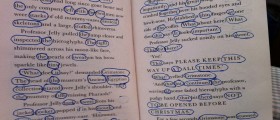
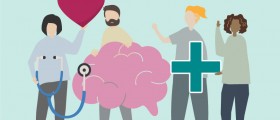


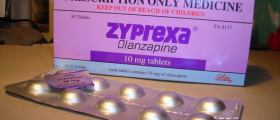



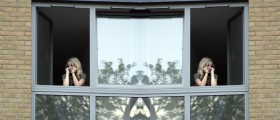


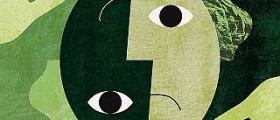
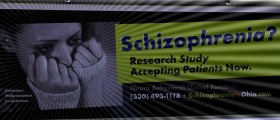
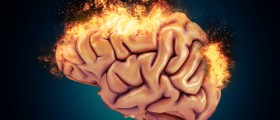
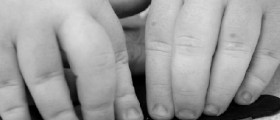
Your thoughts on this
Loading...